Richard Hamilton My Marilyn 1965 Screenprint in colours, on TH Saunders paper, with full margins, I. 51.4 x 62.5 cm (20 1/4 x 24 5/8 in.) S. 68.6 x 83.8 cm (27 x 33 in.) signed and annotated 'Artists proof' in pencil (one of 9 artist's proofs, the edition was 75), published by Editions Alecto, London, framed.
Literature Etienne Lullin 59 Editions Alecto 412, pl. 56 Richard Hamilton Prints 1939–83, Stuttgart and London 1984, p.46, fig.59, (another example illustrated front and back cover and p.46 in colour) Richard Hamilton Collected Words 1953–1982, Stuttgart and London 1982, pp.65–6 Catalogue Essay Shortly after Marilyn Monroe’s death in August 1962, Richard Hamilton discovered a group of contact prints of the actress in Town magazine, taken by George Barris with the subject’s own rejection marks. He used these photographs as the source for My Marilyn, which includes four black and white 35mm contact prints, marked by the actress, and a full size version of the photograph she approved. In Collected Words, Hamilton recounted that, "M.M. demanded that the results of the photographic sessions be submitted to her for vetting before publication. She made indications, brutally and beautifully in conflict with the image, or on proofs and transparencies to give approval or reject; or suggestions for retouching that might make it acceptable." Respecting Monroe’s annotations, Hamilton vowed not to make any marks of his own, choosing instead to create painterly effects by enlarging, masking, screening, and overprinting. Hamilton was perhaps spurred to create My Marilyn as an answer to the outpouring of artistic endeavour centered on the actress after her death: most recognisably by Andy Warhol who used a publicity photograph of the actress from the 1953 film Niagara to create more than twenty silkscreen paintings of her. However, instead of echoing the iconic, smoothly manufactured Pop image of Warhol’s Monroe, Hamilton stakes his claim to the myth of Marilyn by illustrating the complex intentions behind her carefully constructed visual persona. Hamilton explains that, “there is a fortuitous narcissism to be seen, for the negating cross is also the childish symbol for a kiss; but the violent obliteration of her own image has a self-destructive implication that made her death all the more poignant. My Marilyn starts with her signs and elaborates the possibilities these suggest.” Read More
Richard Hamilton My Marilyn 1965 Screenprint in colours, on TH Saunders paper, with full margins, I. 51.4 x 62.5 cm (20 1/4 x 24 5/8 in.) S. 68.6 x 83.8 cm (27 x 33 in.) signed and annotated 'Artists proof' in pencil (one of 9 artist's proofs, the edition was 75), published by Editions Alecto, London, framed.
Literature Etienne Lullin 59 Editions Alecto 412, pl. 56 Richard Hamilton Prints 1939–83, Stuttgart and London 1984, p.46, fig.59, (another example illustrated front and back cover and p.46 in colour) Richard Hamilton Collected Words 1953–1982, Stuttgart and London 1982, pp.65–6 Catalogue Essay Shortly after Marilyn Monroe’s death in August 1962, Richard Hamilton discovered a group of contact prints of the actress in Town magazine, taken by George Barris with the subject’s own rejection marks. He used these photographs as the source for My Marilyn, which includes four black and white 35mm contact prints, marked by the actress, and a full size version of the photograph she approved. In Collected Words, Hamilton recounted that, "M.M. demanded that the results of the photographic sessions be submitted to her for vetting before publication. She made indications, brutally and beautifully in conflict with the image, or on proofs and transparencies to give approval or reject; or suggestions for retouching that might make it acceptable." Respecting Monroe’s annotations, Hamilton vowed not to make any marks of his own, choosing instead to create painterly effects by enlarging, masking, screening, and overprinting. Hamilton was perhaps spurred to create My Marilyn as an answer to the outpouring of artistic endeavour centered on the actress after her death: most recognisably by Andy Warhol who used a publicity photograph of the actress from the 1953 film Niagara to create more than twenty silkscreen paintings of her. However, instead of echoing the iconic, smoothly manufactured Pop image of Warhol’s Monroe, Hamilton stakes his claim to the myth of Marilyn by illustrating the complex intentions behind her carefully constructed visual persona. Hamilton explains that, “there is a fortuitous narcissism to be seen, for the negating cross is also the childish symbol for a kiss; but the violent obliteration of her own image has a self-destructive implication that made her death all the more poignant. My Marilyn starts with her signs and elaborates the possibilities these suggest.” Read More
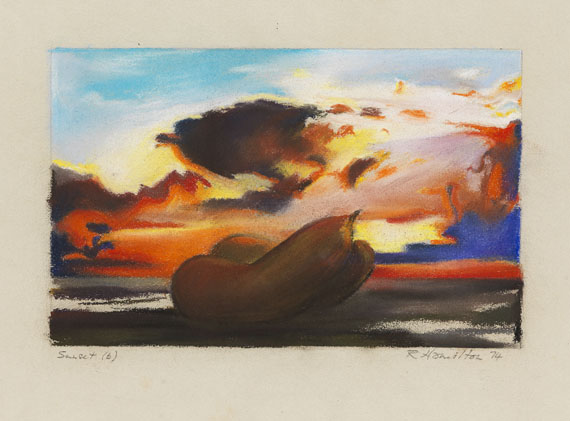

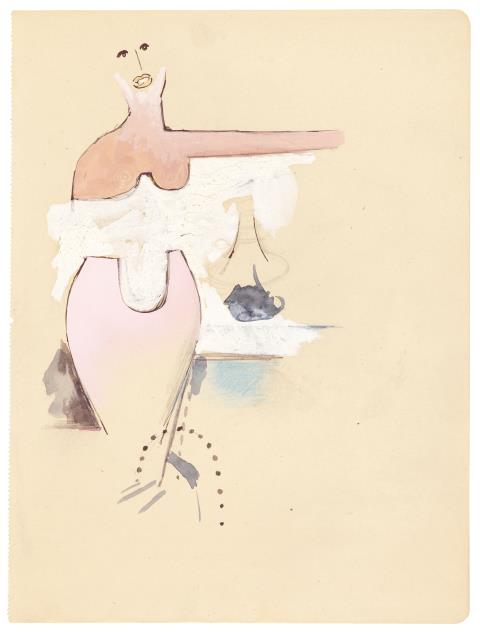
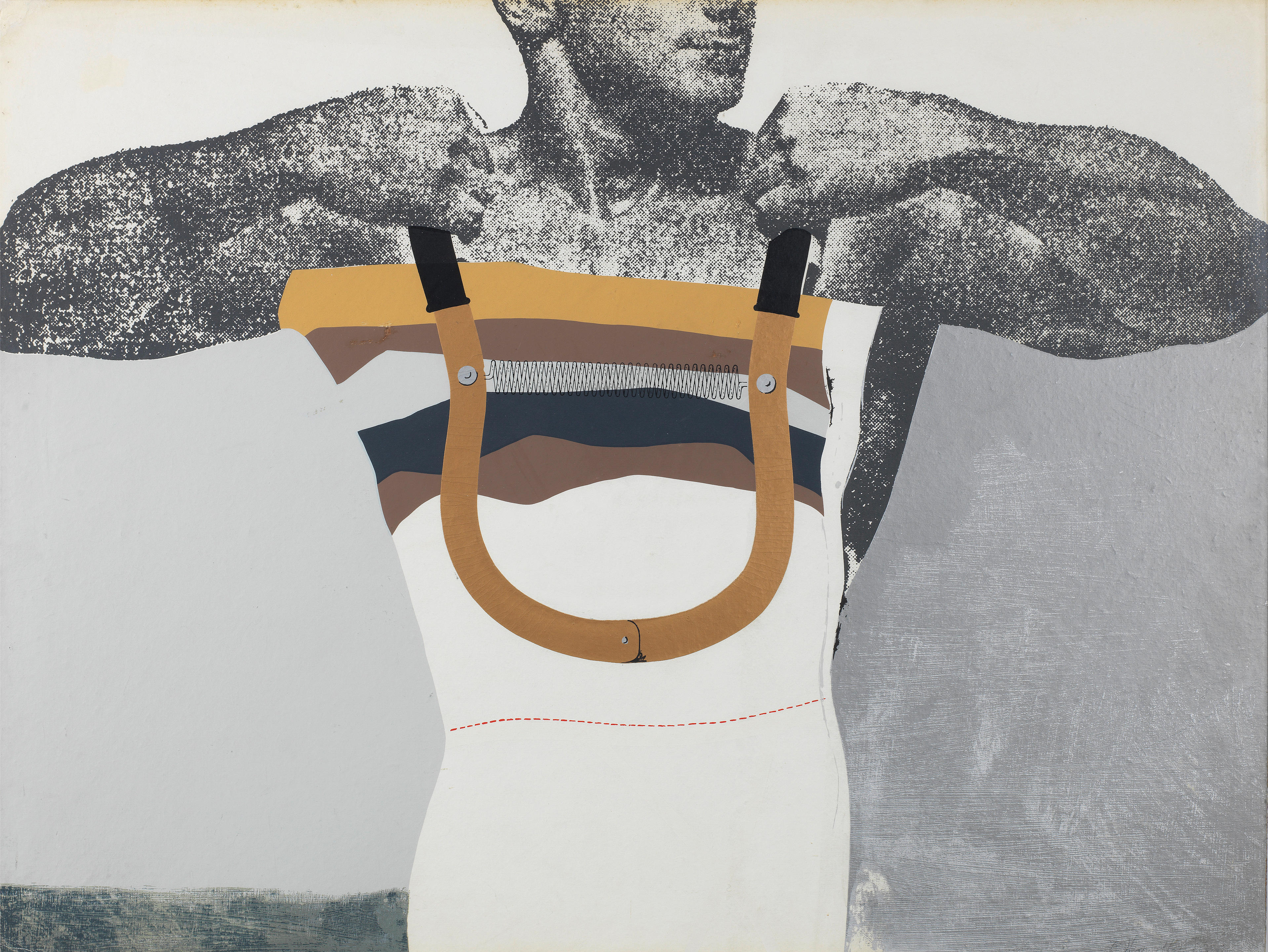




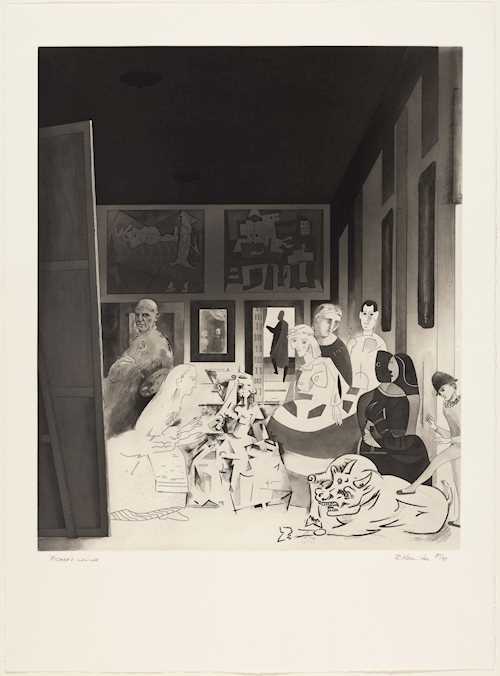
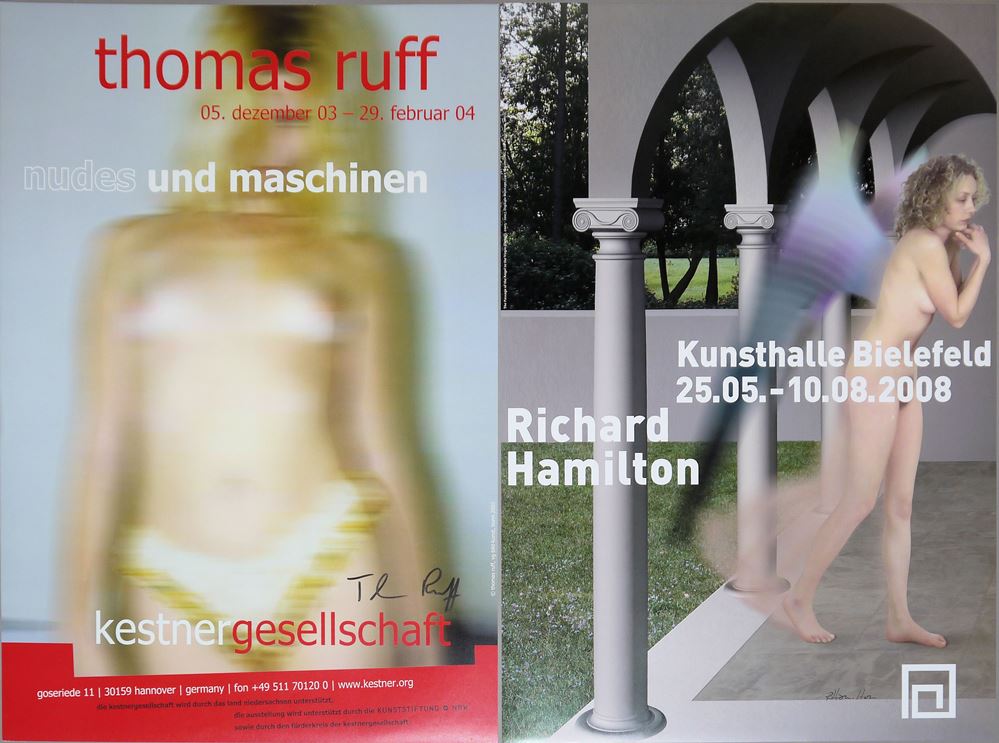

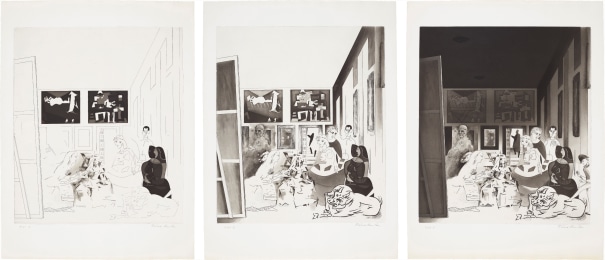


Testen Sie LotSearch und seine Premium-Features 7 Tage - ohne Kosten!
Lassen Sie sich automatisch über neue Objekte in kommenden Auktionen benachrichtigen.
Suchauftrag anlegen